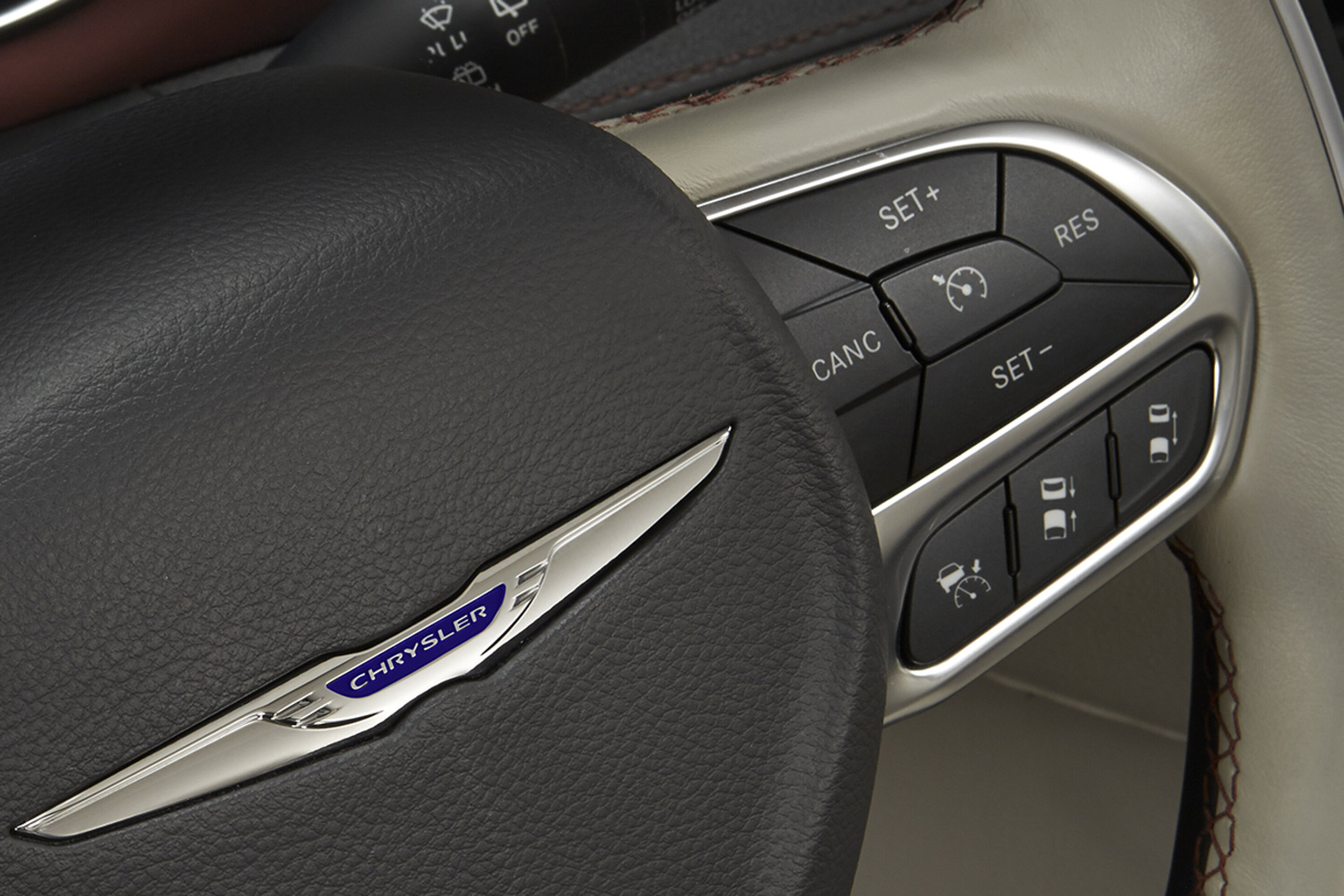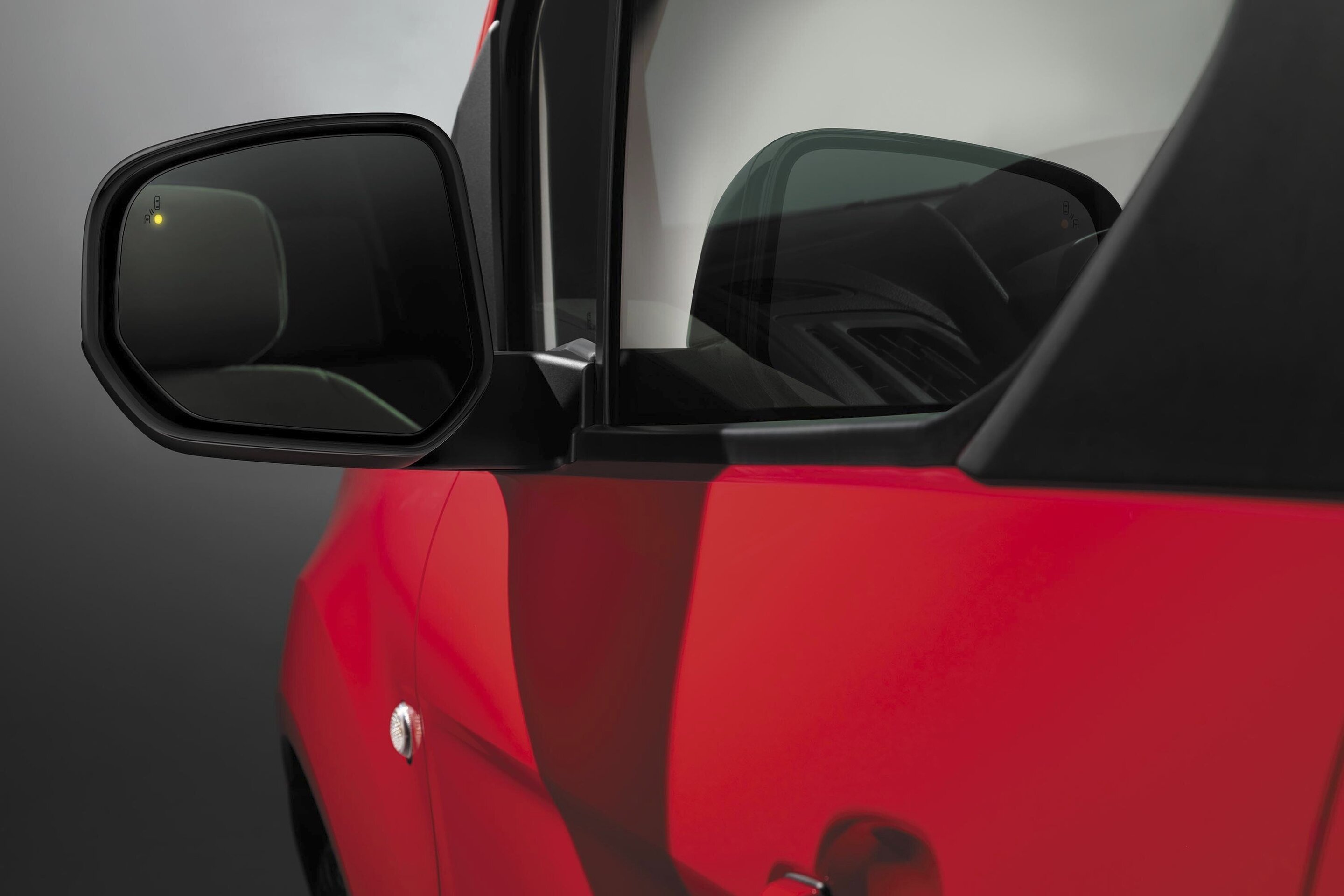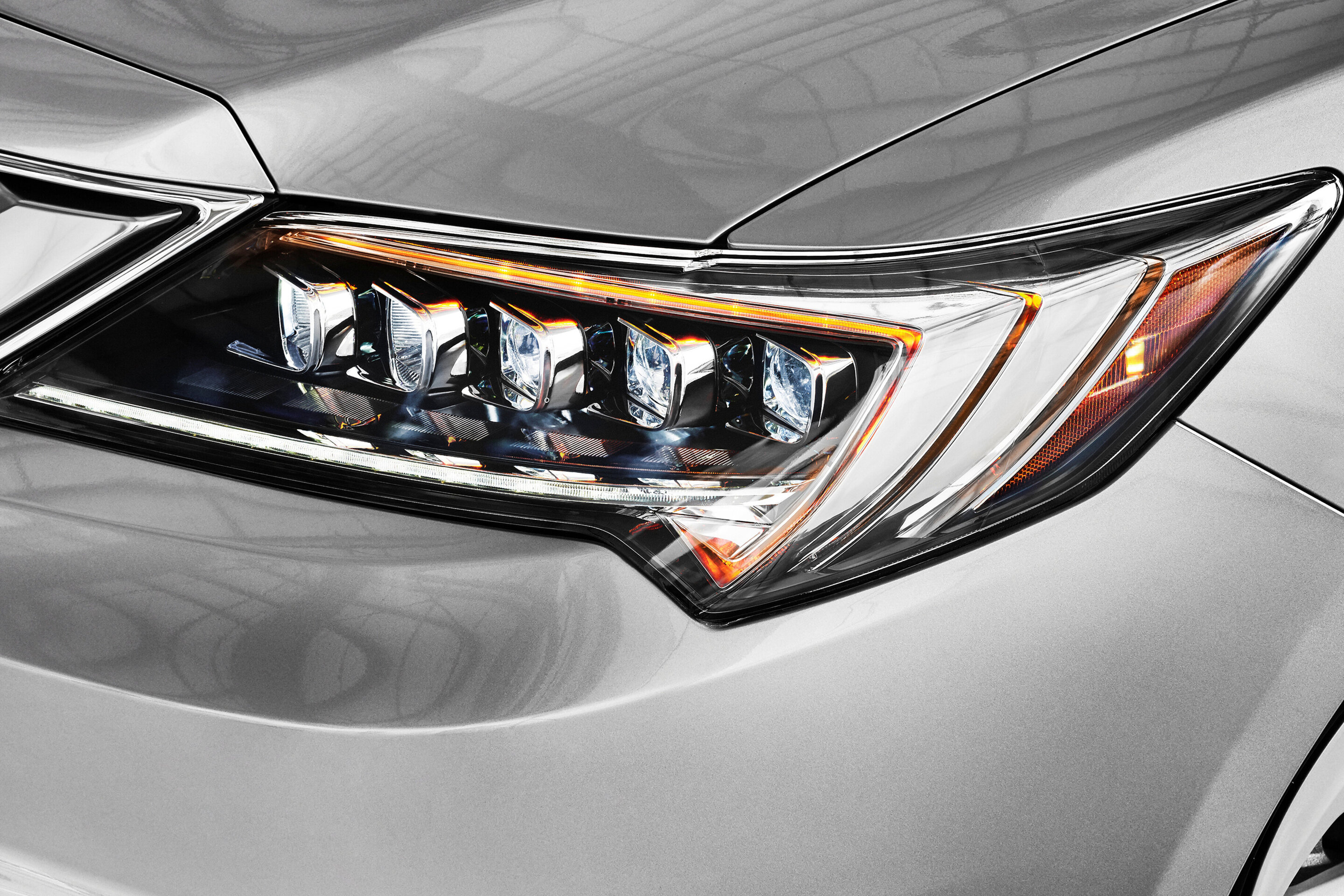AUTONEWS

Edmunds' experts pick their favorite must-have car features
The average person owns a vehicle for about six and a half years. When it's time to buy a new one, chances are there's a lot of new technology to catch up on. Even in the short span of a three-year lease, tech features and creature comforts evolve fast. It can be difficult to keep track of all the changing tech.
We asked Edmunds' experts, who test hundreds of new vehicles each year, what they deem essential the next time they buy a car. Our findings landed along the lines of safety and conveniences and are listed in alphabetical order.
ADAPTIVE CRUISE CONTROL
A lot of people associate cruise control with open highway cruising, but adaptive cruise control is actually a boon in rush-hour traffic. It reduces the cumulative fatigue of constantly moving your foot between the brake and accelerator pedals. Our editors agree that this alone can blunt the edge of a tough commute.
The best systems—such as those in Mercedes-Benz, Tesla and Volvo vehicles, for example—slow and speed up gradually. Some systems can even come to a complete stop, then continue forward again, further reducing physical and mental fatigue.
 This undated photo provided by Edmunds shows the updated Apple CarPlay smartphone interface. (Ronald Montoya/Edmunds via AP)
This undated photo provided by Edmunds shows the updated Apple CarPlay smartphone interface. (Ronald Montoya/Edmunds via AP)APPLE CARPLAY AND ANDROID AUTO
The quality of native infotainment systems varies greatly among automakers, depending on hardware, software and suppliers. Some are fast and easy to use, while others feel like gaming consoles from the 1990s. Apple CarPlay and Android Auto level the playing field, ensuring a consistent experience in any car.
As long as your new car has Apple CarPlay or Android Auto, you can skip the fancy upgrade. Another advantage is being able to use the voice assistants, such as Apple's Siri, to initiate calls and compose or hear text messages. Both Apple CarPlay and Android Auto have been updated this year with new layouts and features.

BLIND-SPOT MONITORING
Systems that watch your blind spots go by different names depending on the automaker, but all perform the same basic function: alert you to a car driving alongside. The most widely available blind-spot systems typically display a visual alert in the side mirror and then sound an alert tone if you activate a turn signal. More advanced systems might even actively steer you away from a collision.
While these systems don't replace effective mirror positioning and the old-fashioned shoulder check, it is true that today's cars are also harder to see out of because of the modern trend of taller body panels and shorter windows. Of all the latest advanced driver safety aids, Edmunds' editors point to this safety system as the most useful and least intrusive on a daily basis.
 This undated photo provided by Chrysler shows the steering-wheel-mounted controls for the Pacifica minivan's adaptive cruise control. (FCA US via AP)
This undated photo provided by Chrysler shows the steering-wheel-mounted controls for the Pacifica minivan's adaptive cruise control. (FCA US via AP)LED HEADLIGHTS
High-intensity discharge (HID) and LED headlights are quickly replacing traditional halogen lights. Both types produce a brighter, sharper and more natural-colored light while using less energy. According to the Insurance Institute for Highway Safety, which incorporates headlight evaluations into its ratings, about half of traffic deaths occur in the dark or around dawn and dusk.
Our editors consider LED headlights akin to high-definition video. Once you've seen the road illuminated in an HD hue of bluish-white, you'll never go back to standard-definition halogen, or even HID, headlamps again. The clarity and confidence afforded by LED lights can't be overstated.
Once limited to upper trim levels or an extra-cost option, LEDs are becoming standard on more cars every year, such as current Hondas and Toyotas. In addition to a more upscale look, LEDs sometimes come with extra features such as automatic high beams or the ability to move in sync with the steering wheel around dark turns.
HANDS-FREE LIFTGATE
The next evolution in the power liftgate is the kind that opens without the need to press a button. While typically still an upper trim level feature or an extra-cost option on wagons and SUVs, hands-free liftgates will open after you've followed a particular protocol, such as swiping your foot under a bumper-mounted sensor or standing near the liftgate for a few seconds with the vehicle's key fob in your pocket.

This undated photo provided by Acura shows its innovative jewel-eye LED headlights offered on the ILX sedan. LED and HID headlights produce brighter, sharper and more natural-colored light and use less energy than traditional halogen lights. (American Honda Motor Co. via AP)
We once dismissed this as a costly gimmick. But after a few trips across a shopping center parking lot, arms laden with bags or heavy, bulky objects, we changed our minds. It especially holds true in rain or snow, when you don't want to set your items on wet ground while fishing for your keys.
EDMUNDS SAYS: Make sure you're up to speed on all the latest features before buying your next car. Some options are simply nice to have, while others may become your next "must-have" amenity.
by Dan Frio Of Edmunds

Nenhum comentário:
Postar um comentário